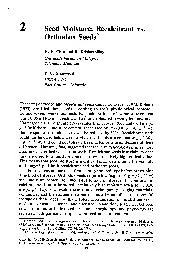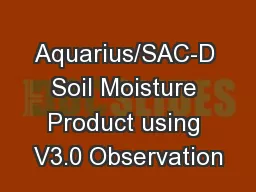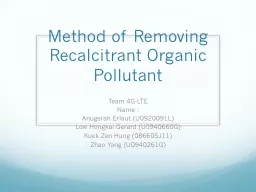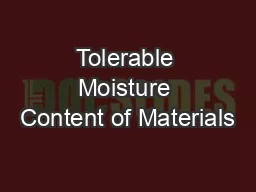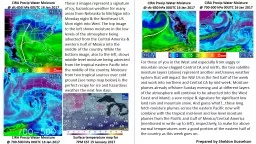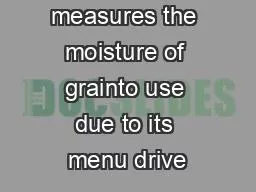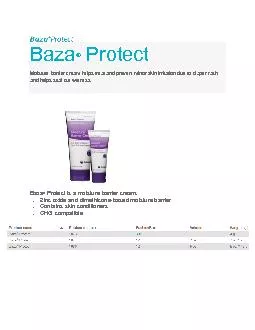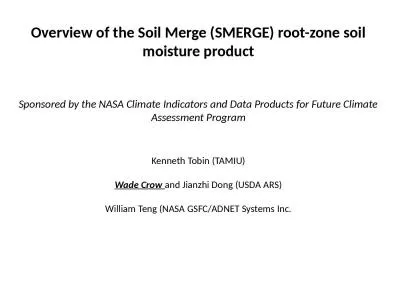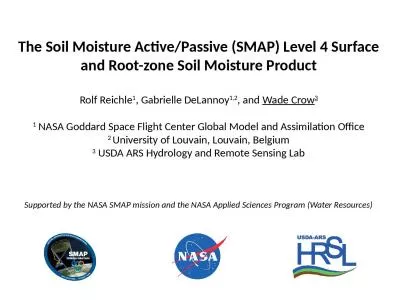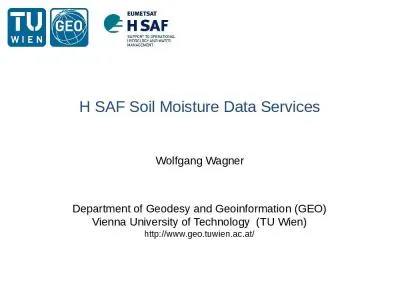PDF-2Seed Moisture: Recalcitrant vs.
Author : yoshiko-marsland | Published Date : 2017-11-23
Orthodox Seeds H F Chin and B Krishnapillay Universiti Pertanian Malaysia P C Stanwood USDA ARS The terms orthodox and recalcitrant seeds came into usage in 1973
Presentation Embed Code
Download Presentation
Download Presentation The PPT/PDF document "2Seed Moisture: Recalcitrant vs." is the property of its rightful owner. Permission is granted to download and print the materials on this website for personal, non-commercial use only, and to display it on your personal computer provided you do not modify the materials and that you retain all copyright notices contained in the materials. By downloading content from our website, you accept the terms of this agreement.
2Seed Moisture: Recalcitrant vs.: Transcript
Download Rules Of Document
"2Seed Moisture: Recalcitrant vs."The content belongs to its owner. You may download and print it for personal use, without modification, and keep all copyright notices. By downloading, you agree to these terms.
Related Documents

